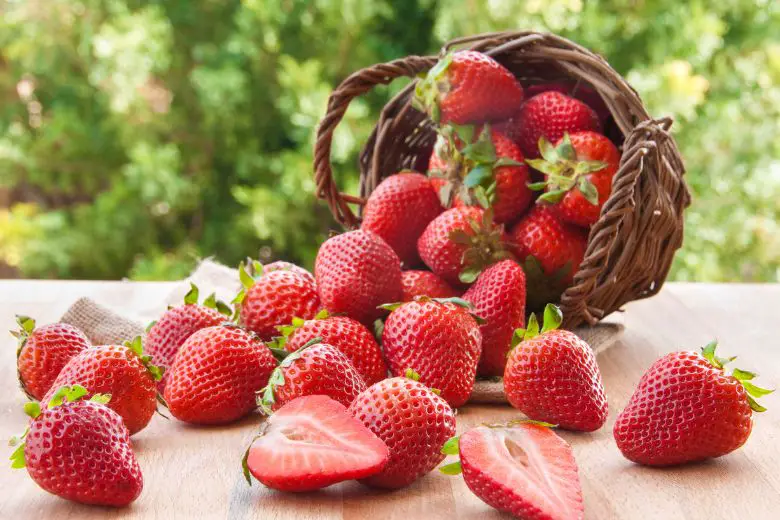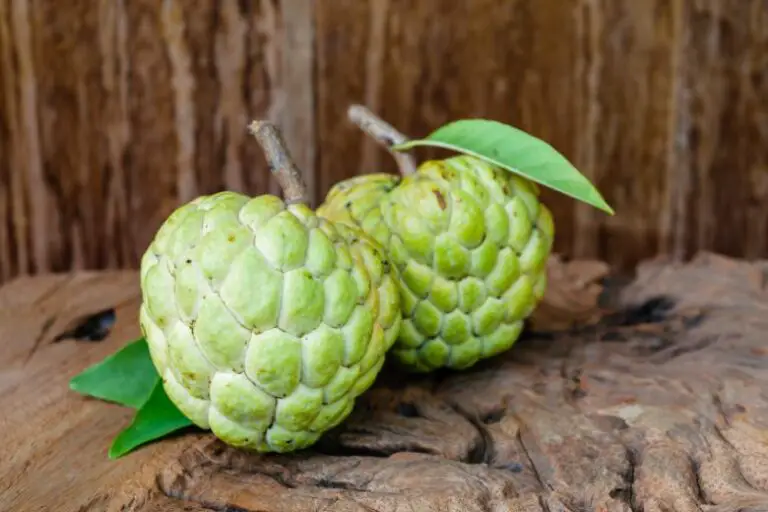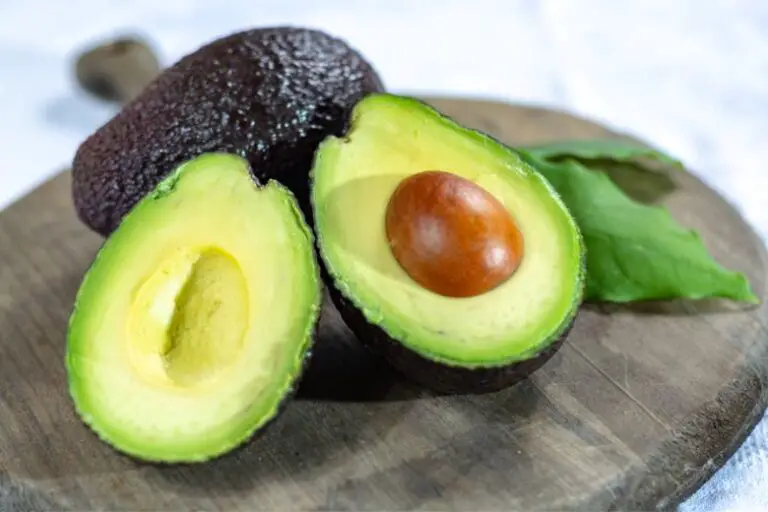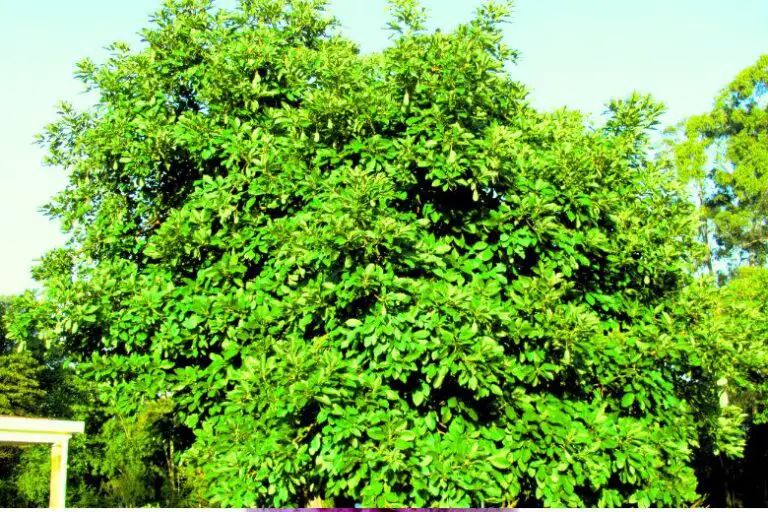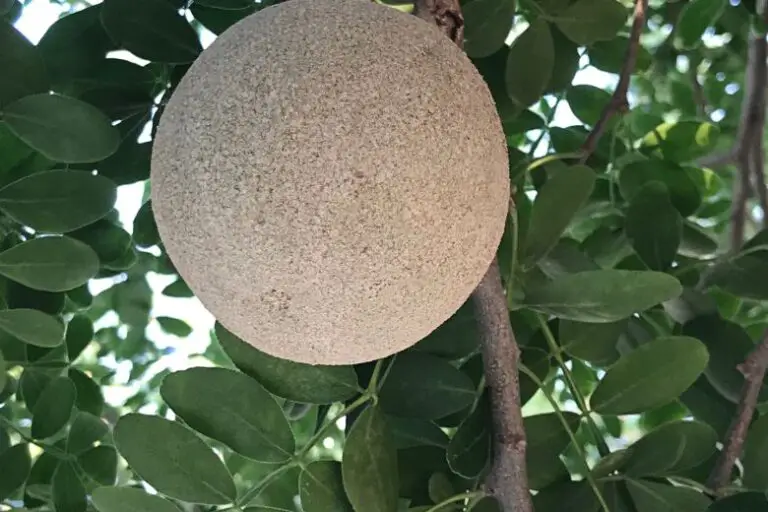Why Strawberry is Expensive
When strolling down the grocery aisle, you might have noticed that strawberries often come with a heftier price tag compared to other fruits. Have you ever wondered why these red, juicy delights dig deeper into your pockets?
The Allure of Strawberries
The Demand-Supply Equation
Strawberries have earned a special place in the hearts of many due to their vibrant color, delightful taste, and versatility. Their popularity, however, significantly affects their price. The higher the demand, the more competitive the market becomes, and this often leads to elevated prices.
Seasonal Nature
Strawberries are seasonal fruits with a limited growing period. This seasonality creates a scenario where supply struggles to keep up with the demand, causing prices to soar during off-seasons.
Factors Driving the High Cost
Delicate Cultivation Process
Strawberries are delicate and require meticulous care during cultivation. They are sensitive to temperature, pests, and diseases, making their growth a challenging endeavor. The need for specialized farming practices and protective measures contributes to their cost.
Labor-Intensive Harvesting
Unlike many other fruits that can be machine-harvested, strawberries are hand-picked. This labor-intensive process involves skilled workers who carefully select ripe berries to ensure quality. The cost of hiring and managing this workforce is reflected in the price of strawberries.
Perishability and Transportation
Strawberries have a short shelf life, demanding quick transportation from farms to stores. This urgency increases transportation costs and often requires specialized packaging to prevent spoilage.
Environmental Conditions
Extreme weather conditions can adversely affect strawberry crops. Frost, excessive rain, or drought can lead to reduced yields, further constraining the supply and driving prices up.
Land and Resources
The cultivation of strawberries demands prime agricultural land, as well as significant water and fertilizer resources. The competition for these resources with other crops can influence the cost of strawberries.
The Economics of Strawberry Pricing
Branding and Marketing
Certain strawberry varieties are marketed as premium products, boasting superior taste or organic origins. Such branding strategies allow producers to command higher prices for their produce.
Global Trade
Strawberries are not always grown locally due to the aforementioned seasonal limitations. This prompts the need for imports, which can be subject to tariffs and transportation costs, all of which contribute to the final retail price.
Production Costs
From seeds and saplings to cultivation and harvesting, the production of strawberries involves numerous costs. These expenses, coupled with the various risk factors, are passed on to consumers.
Understanding the Consumer Perspective
Perceived Value
Despite the high cost, the allure of strawberries often leads consumers to perceive them as worth the price. Their unique taste and potential health benefits can justify the expense.
Seasonal Indulgence
Since strawberries are a seasonal delight, their higher cost might be seen as a justified indulgence during the limited time they’re available.
Conclusion
The expensive nature of strawberries can be attributed to a confluence of factors. From delicate cultivation processes to labor-intensive harvesting and the challenges of transportation, these factors collectively contribute to their higher price point. Nevertheless, the unique taste, nutritional value, and overall appeal of strawberries continue to make them a sought-after treat

